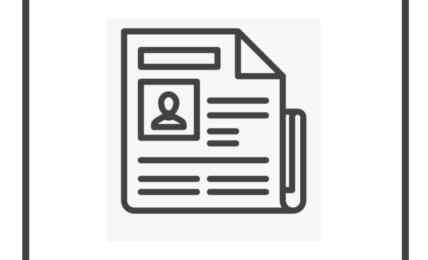Amsterdam-based global bank ING announced today that it has developed a new tool, ESG.X, that is being used by the bank to assess the climate transition of its clients, and has stated that it will soon begin applying stricter conditions on companies that are not making progress, including potentially ending financing for them.
The utilization of the new tool was announced by ING with the release of the bank’s Climate Progress 2024, an update on the bank’s progress in engaging with clients to help them in their transition to a low carbon economy, and on its “Terra approach,” ING’s strategy to steer the most carbon-intensive parts of its portfolio towards reaching net zero by 2050.
ING’s new ESG.X tool collects publicly disclosed company climate data, including companies’ current emissions and targets, and whether the companies have action plans, governance and strategy in place. Using this data, ING generates a client plan transition score, which is incorporated into the bank’s transition risk assessment and transaction approval processes.
ING said that it has already used ESG.X to assess the disclosures of approximately 2,000 of its largest clients, including those in the most carbon-intensive sectors. The bank said that in 2026, following 2 years of disclosure assessments and engagements, it will have a more robust understanding of clients’ progress, adding that for those “unable or unwilling to progress,” ING will apply stricter conditions on the types of business that it does with those clients on a case-by-case basis, including potentially ceasing financing them entirely.
ING stated:
“We want to work with our clients on their climate transitions. But if they’re not doing enough and aren’t willing to change, we’ll consider ending our relationship.”
The bank added that it aims to expand the kinds of data captured by ESG.X, and that it intends to make the tool externally available to help peers and clients accelerate efforts towards their transition goals.
Steven van Rijswijk, CEO of ING, said:
“In the past year, we’ve taken several important steps to sharpen the way we engage with clients on their transition towards net-zero. We assessed the sustainability disclosures of around 2,000 of our largest clients with an online tool we’ve developed. This gives us the foundation for more data-informed discussions with our clients about their progress and how we can support them in their transition and drive down their emissions.”



